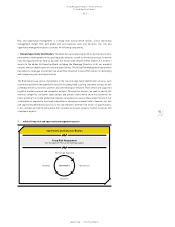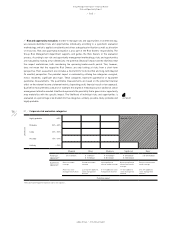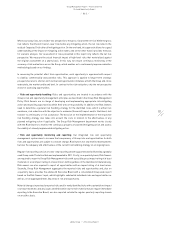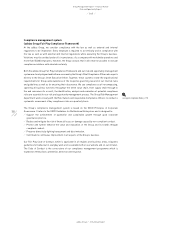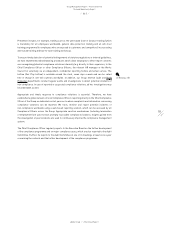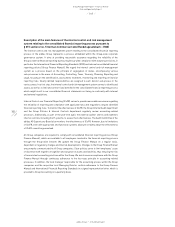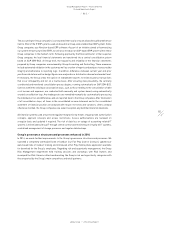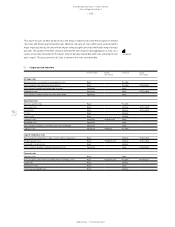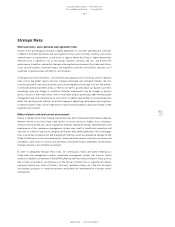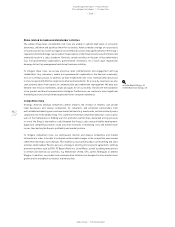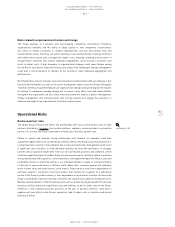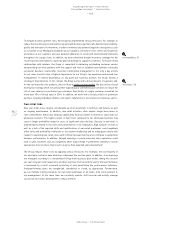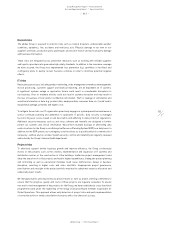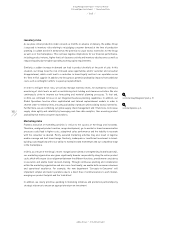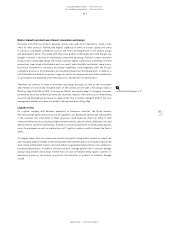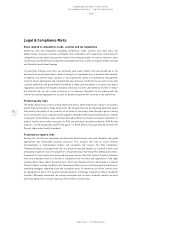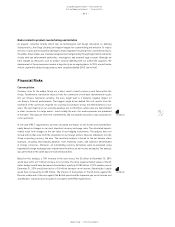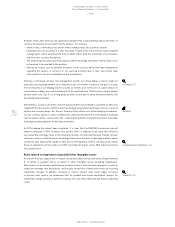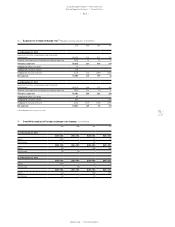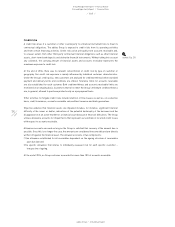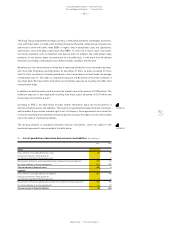Reebok 2014 Annual Report Download - page 169
Download and view the complete annual report
Please find page 169 of the 2014 Reebok annual report below. You can navigate through the pages in the report by either clicking on the pages listed below, or by using the keyword search tool below to find specific information within the annual report.
Group Management Report – Financial Review
165
2014
/
03.5
/
adidas Group
/
2014 Annual Report
Risk and Opportunity Report
/
Operational Risks
Risks related to organisational structure and change
The Group operates in a dynamic and fast-changing competitive environment. Therefore,
organisational flexibility and the ability to adapt quickly to new competitive circumstances
are critical to remain successful. A complex organisational structure and unclear roles and
responsibilities across the Group can lead to untimely or sub-optimal decision-making, inefficient
and ineffective processes and, consequently, higher costs. Improper planning and execution of
reorganisation initiatives may reduce employee engagement, cause business disruption and
result in higher costs. A high frequency in organisational changes could cause fatigue among
the workforce and lead to reduced efficiency and productivity. Inadequate change management
could lead to non-acceptance of changes by the workforce, lower employee engagement and
inefficiencies.
We mitigate these risks by frequent, open and transparent communication with our employees. Our
Executive Board members as well as the senior management team across the Group hold regular
‘town hall’ meetings to update employees on organisational changes and openly explain the reasons
for change. To adequately manage change and to ensure clarity about roles and responsibilities
throughout the organisation, we also utilise internal and external experts in project management,
change management and communication, who actively educate and engage the workforce to
embrace and support new organisational structures and processes.
Operational Risks
Business partner risks
The adidas Group interacts and enters into partnerships with various third parties such as retail
partners, distributors, licensees, joint venture partners, suppliers, service providers or promotion
partners. As a result, the Group is exposed to a multitude of business partner risks.
Failure to cement and maintain strong relationships with retailers, for example, could have
substantial negative effects on our wholesale activities and thus the Group’s business performance.
Losing important customers in key markets due to sub-par relationship management would result
in significant sales shortfalls. In a few individual markets, we work with distributors or strategic
partners whose approach might differ from our own distribution practices and standards, which
could also negatively impact the adidas Group’s business performance. Similarly, failure to maintain
strong relationships with suppliers or service providers could negatively impact the Group’s sales and
profitability. Injuries to promotion partners, e.g. individual athletes, or weak on-field performance
on the part of sponsored teams or athletes could reduce their consumer appeal and eventually
result in lower sales and attractiveness of our brands. Risks may also arise from a dependence on
particular suppliers, customers or service providers. Over-reliance on a supplier for a substantial
portion of the Group’s product volume, or over-dependence on a particular customer, increases the
Group’s vulnerability to delivery and sales shortfalls and could lead to significant margin pressure.
Business partner default or other disruptive events such as strikes may negatively affect the Group’s
business activities and result in additional costs and liabilities as well as lower sales for the Group.
Unethical or non-compliant business practices on the part of business partners could have a
negative spill-over effect on the Group’s reputation, lead to higher costs or liabilities and disrupt
business activities.
see Glossary, p. 258


